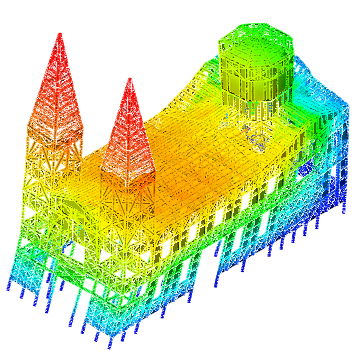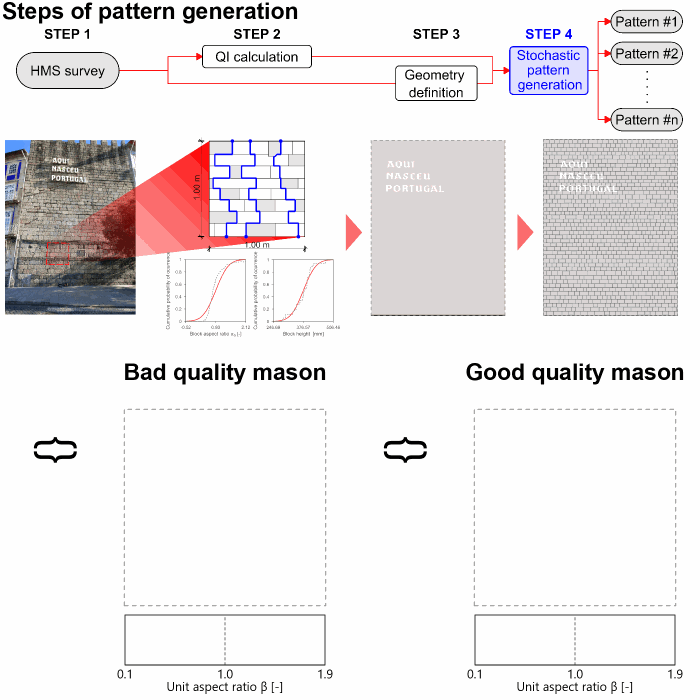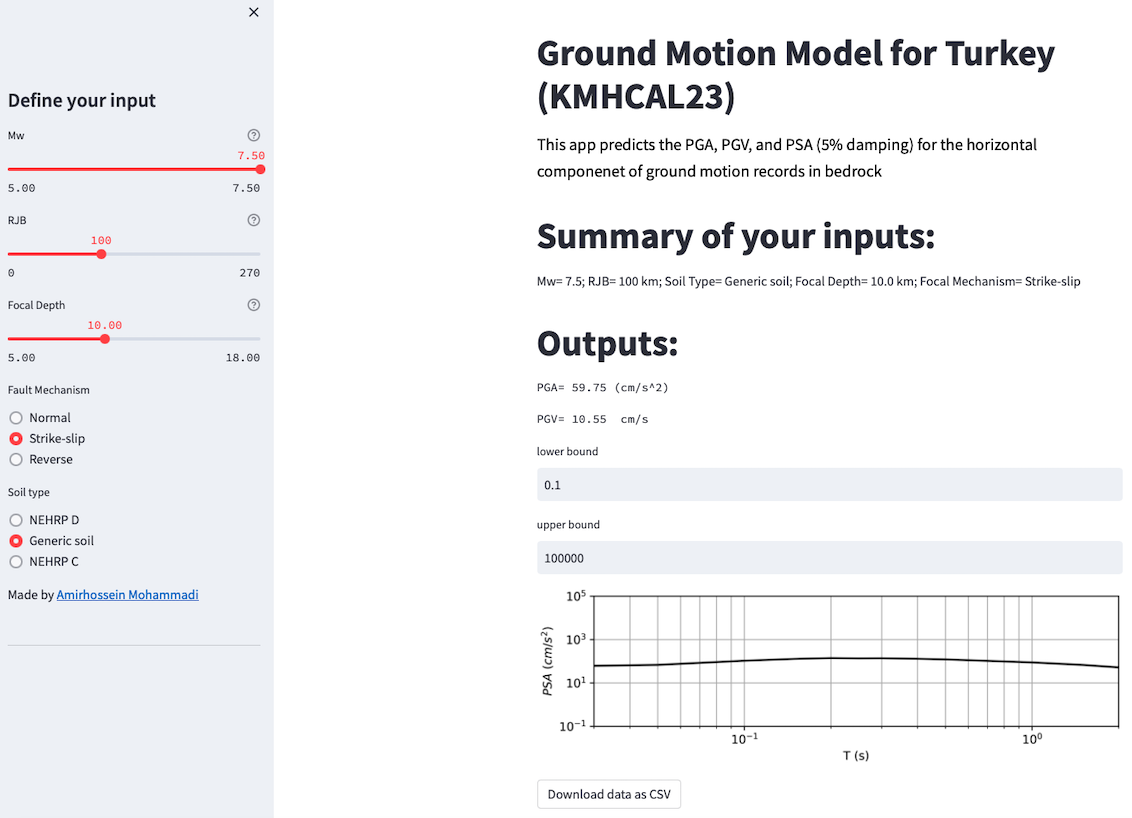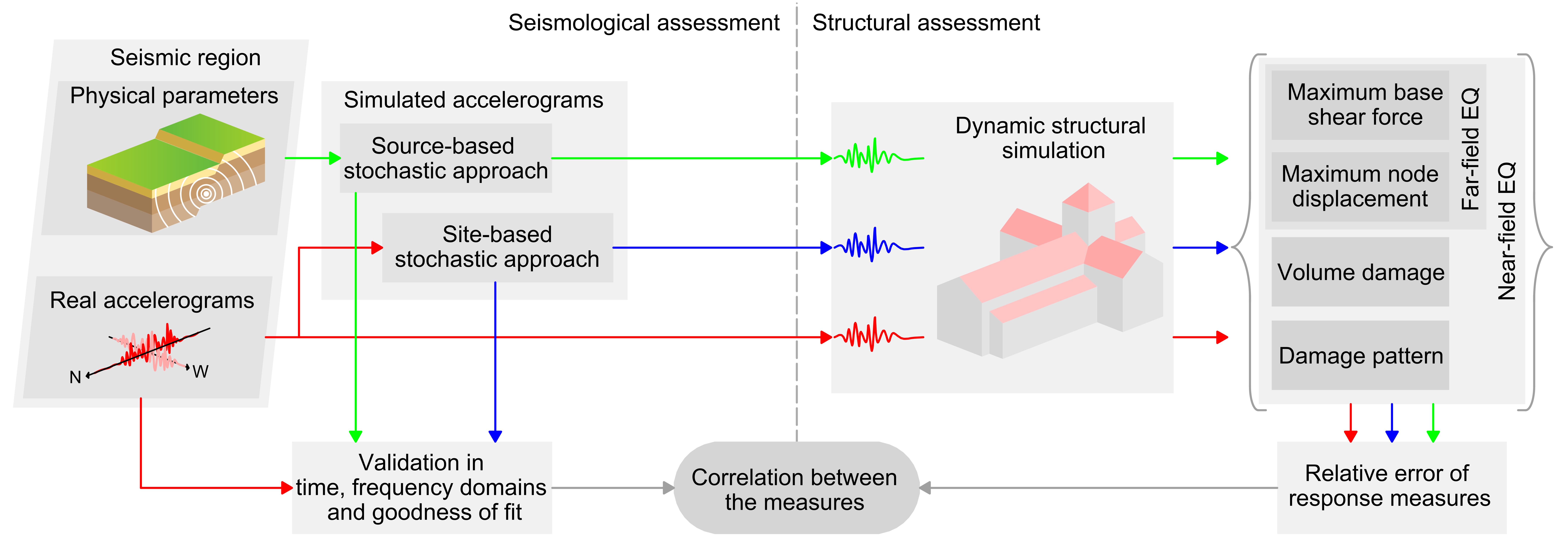Unreinforced masonry façades are specifically vulnerable to seismic actions. Their weak connectivity with adjacent structural members results in their detachment during an earthquake, thus, forming local collapse mechanisms which exhibit one-sided rocking motion. Such mechanisms can accommodate considerable displacements before collapsing/overturning. Hence, their dynamic stability is of great interest. The dynamic response of such collapse mechanisms has been investigated using the classical rocking theory. This is a reliable and fast model that efficiently simulates the dynamic response and energy losses of rocking structures, yet limited to simple structural configurations. As the problem’s complexity increases (e.g. degrees of freedom, boundary conditions, and/or material nonlinearities) numerical modelling of such structures has been recently gaining momentum. However, despite the great advances of such numerical modelling techniques, simulation of energy losses still remains challenging. The present work proposes a novel numerical block-based model that efficiently simulates energy losses during one-sided rocking motion. Specifically, an equivalent viscous damping model is adopted and calibrated in a phenomenological fashion after the classical rocking theory. Importantly, the unilateral dashpot formulation of the proposed viscous damping model allows for an accurate replication of the impulsive nature of impacts. Ready-to-use predictive equations are presented, which are also validated against experimental results from literature.






